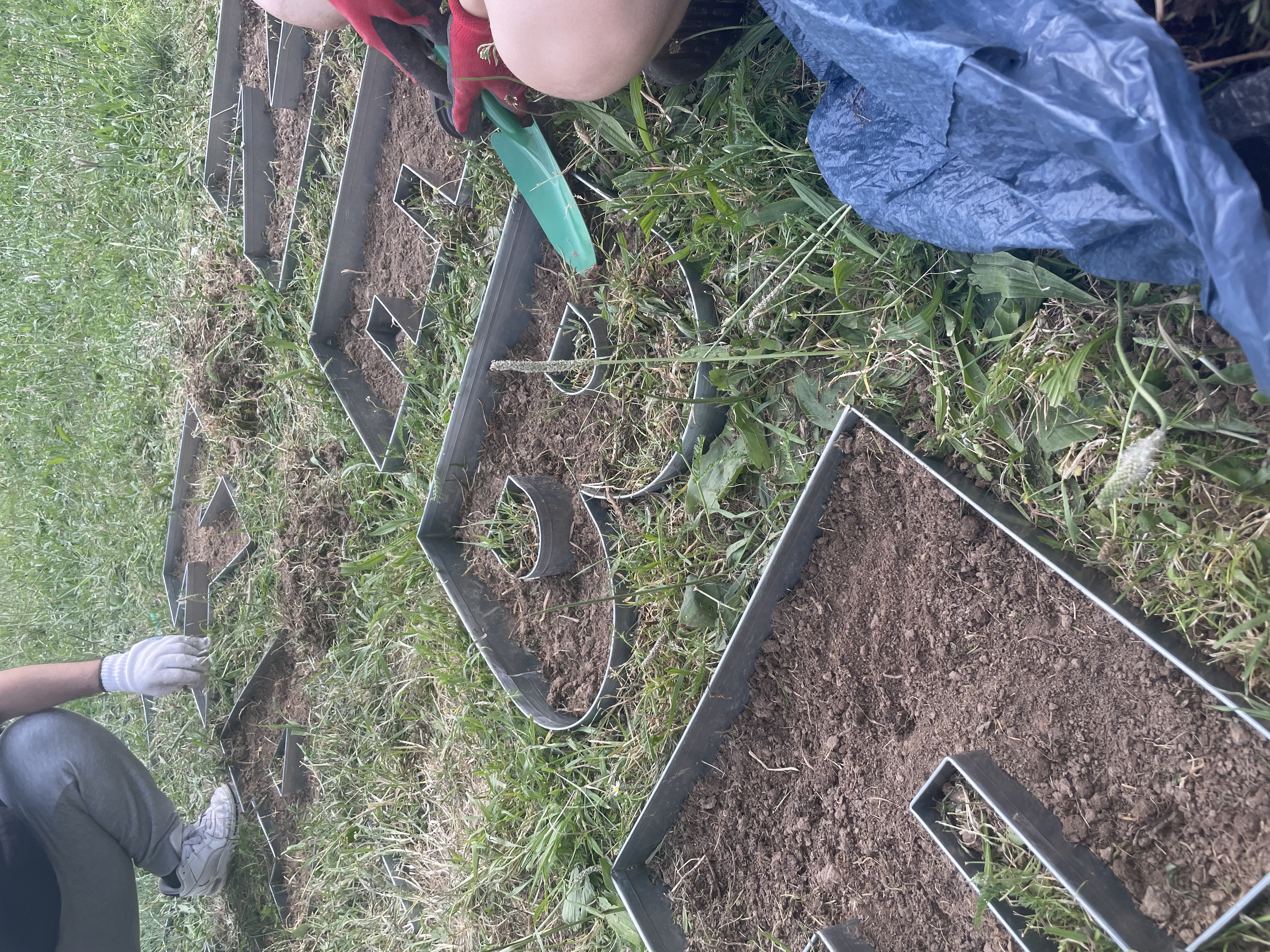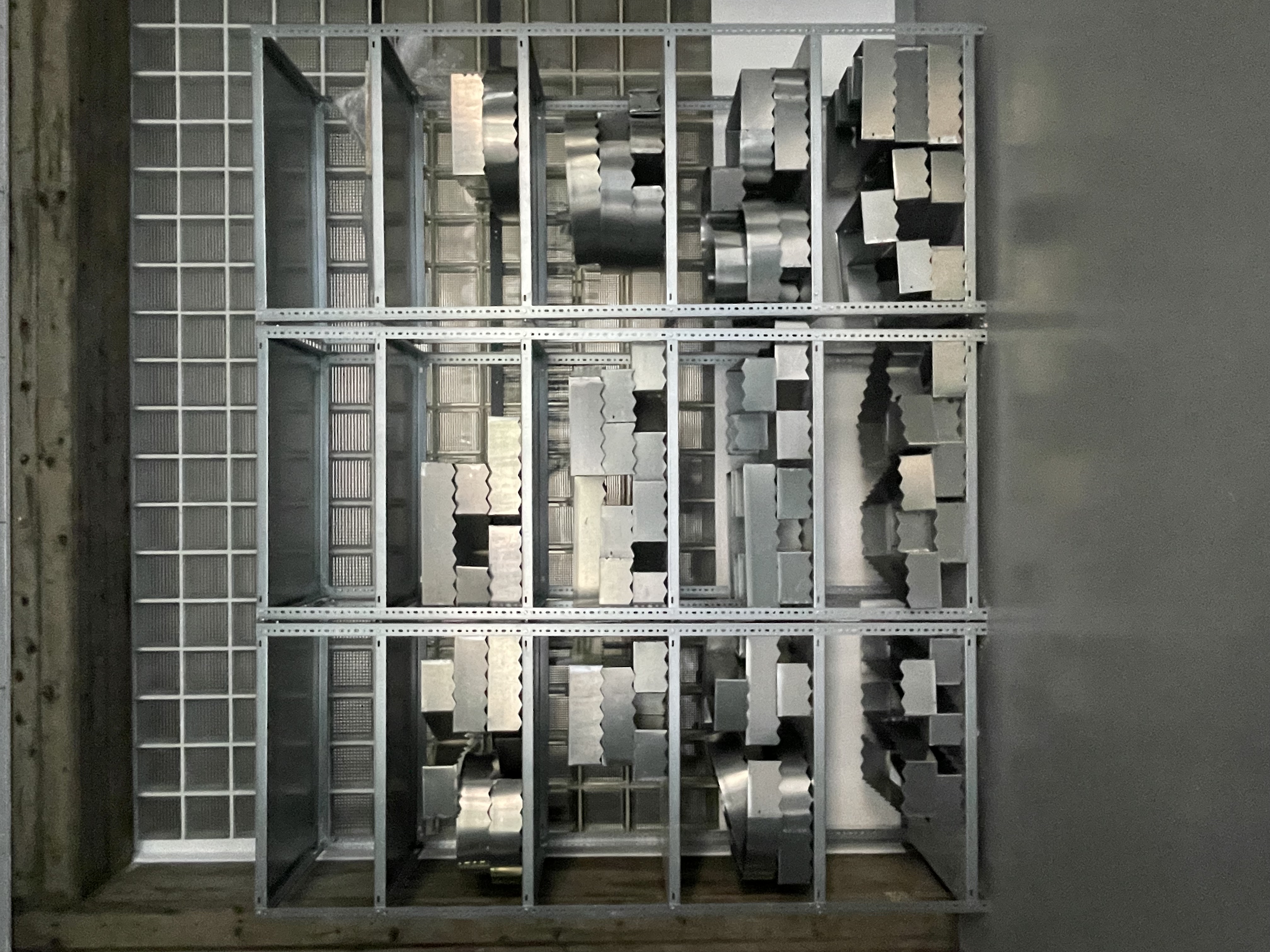NEBEN DEM KAKAOFELD
Veranstaltungen:
23.6. um 19:30 Eröffnung Installation
28.6. um 16:00 Führung Ausstellung
5.7. um 17:00 Führung Ausstellung
12.7. um 17:00 Führung Ausstellung
︎Ort
Entwurf: Lídia Chaves
Team Ausführung/Produktion: Lídia Chaves, Amelie Theurer, Artem Maier, Clara Gaenslen, Mohammed Seidan, Smitha Chirakkal
Betreuer*innen (Uni): Sandra Oehy, Leonard Herrmann, Piotr Fabirkiewicz
externe Berater*innen: Kulturamt, Koordinierungs- stelle für Erinnerungskultu
Installation Photos: Patrick Schneider
Work in Progress Photos: Neben Dem Kakaofeld Group
Veranstaltungen:
23.6. um 19:30 Eröffnung Installation
28.6. um 16:00 Führung Ausstellung
5.7. um 17:00 Führung Ausstellung
12.7. um 17:00 Führung Ausstellung
︎Ort
Entwurf: Lídia Chaves
Team Ausführung/Produktion: Lídia Chaves, Amelie Theurer, Artem Maier, Clara Gaenslen, Mohammed Seidan, Smitha Chirakkal
Betreuer*innen (Uni): Sandra Oehy, Leonard Herrmann, Piotr Fabirkiewicz
externe Berater*innen: Kulturamt, Koordinierungs- stelle für Erinnerungskultu
Installation Photos: Patrick Schneider
Work in Progress Photos: Neben Dem Kakaofeld Group
In 1928, ten years after the dissolution of the German colonial empire, a large colonial exhibition took place in the Gewerbehalle. The exhibition aimed to communicate the industrial and economic development achieved under German occupation, featuring a diverse range of products imported from the colonies, photographic documentation, real size houses, landscape paintings and objects. The exhibition also displayed persons from the colonized lands, who demonstrated their work and usage of tools. The exhibition was accompanied by the so-called ethnological shows.
The Colonial exhibition in 1928 left almost no apparent traces. The most accurate document found during this research is the text used to guide the visitor throughout the exhibition. The text describes the exhibition’s spaces and is marked by the many levels of spatial displacement.
The artwork NEBEN DEM KAKAOFELD aims to open up the conversation about the narratives behind colonial thinking and colonial spaces in Stuttgart by marking the spot where the Colonial Exhibition in 1928 took place with text.
The quote written on the meadow, west from the university library, was taken from the original exhibition’s guide. The letters were handmade out of a steel landscape edging system and hammered into the soil. The first layer of grass is removed from the area inside the letters.
By fracturing the original text and bringing it into the physical realm, the earlier linguistic and symbolic structure of colonialist thinking is brought back to fore, while at the same time, once removed from its context, the words expand from a contemporary metaphorical level, opening up different spatial and symbolic threads that can be read in different time-scales. Through fracture, language loses its descriptive character, becoming more open and larger in scope.
Alongside the intervention, a more profound research on the colonial past of Stuttgart and its implications will take place between 23rd of June and 21st of July. Marking the entrance of the Gewerbehalle, the installation at the Foyer of the university library is a growing archive of documents that bring forward a story not so often told.
At the root of the imperialist practice of invasion and domination of lands through the violent creation of artificial borders, is a narrative of capital expansion and progress based on the exploitation of resources and the illusion of separation from one’s space to that of the other. What we create is a reminder of the fragility of language and the fictive character of history, exemplifying the paradox between spatial ephemerality and historical traces.
Diese Intervention zielt darauf ab, einen Diskurs über die kolonialen Geschichte vieler öffentlicher Räume in Stuttgart zu fördern, indem der Standort der Kolonialausstellung von 1928 im heutigen Stadtgarten markiert wird. Ein Zitat aus dem Originalausstellungskatalog wird am Standort durch Stahlschrift konfiguriert und als Landschaftskante in den Boden eingefügt. Die vorhandene Grasschicht wird entfernt, während die Stahlrahmen verhindern, dass das Gras innerhalb der Buchstaben nachwächst.
Durch die Verdrängung des Originaltexts und seine physische Form wird das problematische semantische Denken der Kolonialausstellung hervorgehoben. Gleichzeitig kann das Zitat, entfernt von seinem wissenschaftlichen Kontext, auch auf metaphorischer Ebene erfasst werden. Der Text enthüllt mehrere Ebenen des kolonialen Denkens, die zur Zeit der Kolonialausstellung im Stadtgarten weit verbreitet waren. Durch die Verdrängung des Textes verliert die Sprache ihre rein beschreibende Funktion und wird für den Vorbeigehenden zugänglicher. Diese Intervention erinnert daher an die Fragilität der Sprache und die Notwendigkeit einer Revision unserer kolonialen Verstrickungen, mit einem Fokus auf den Paradox zwischen räumlicher Vergänglichkeit und historischen Spuren.




